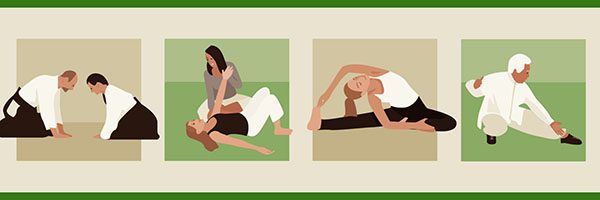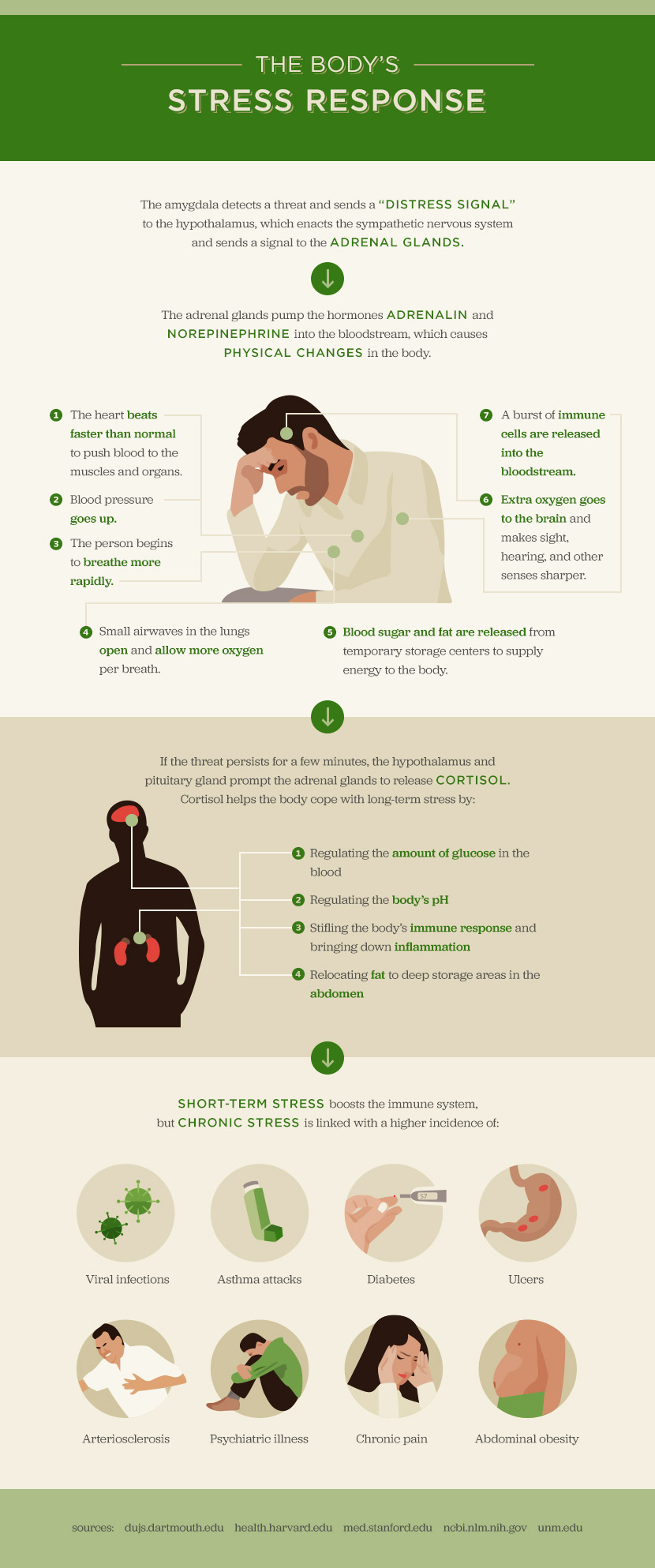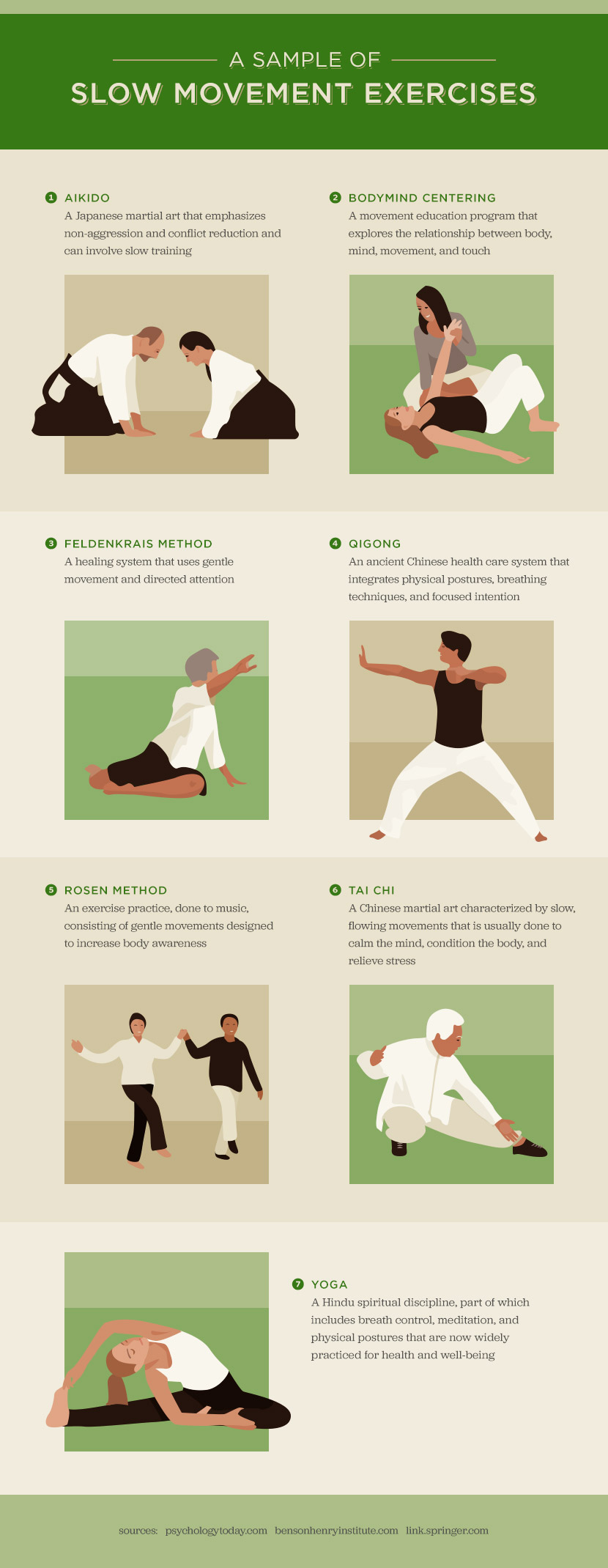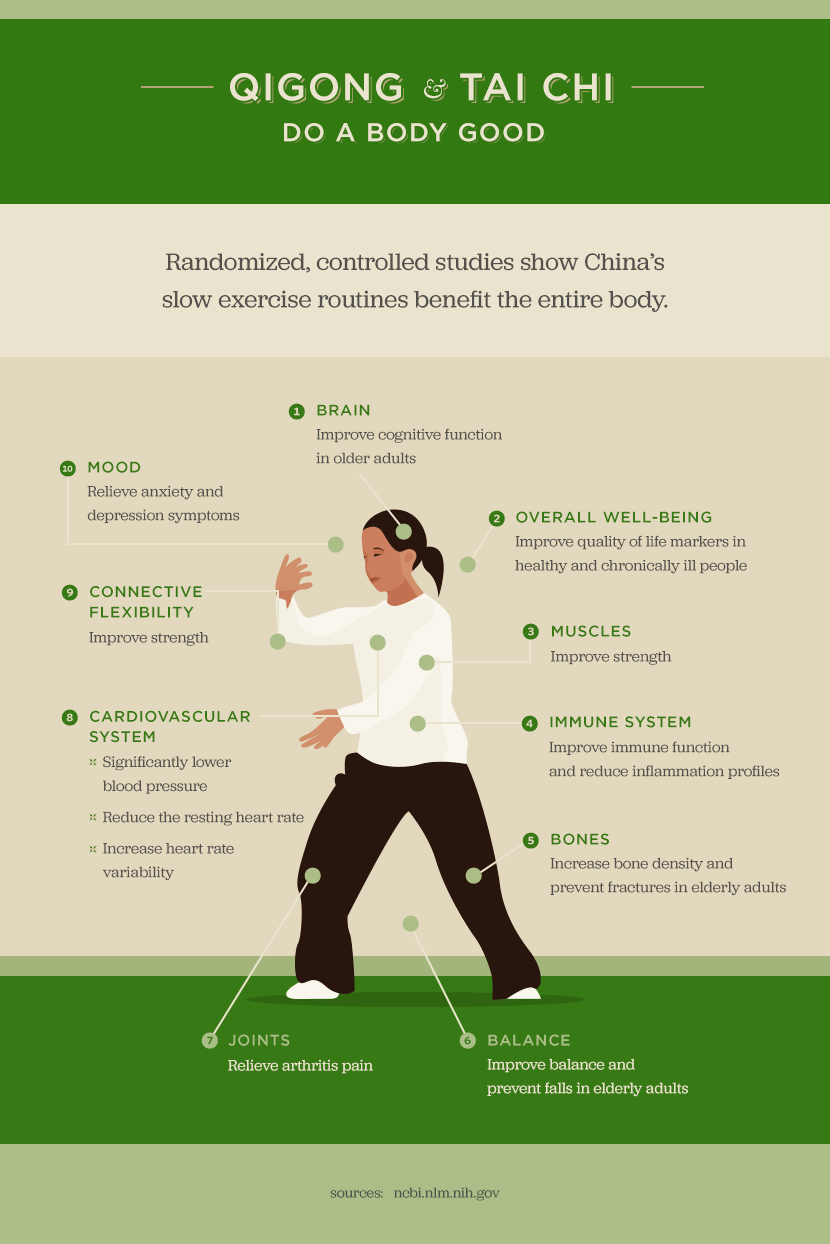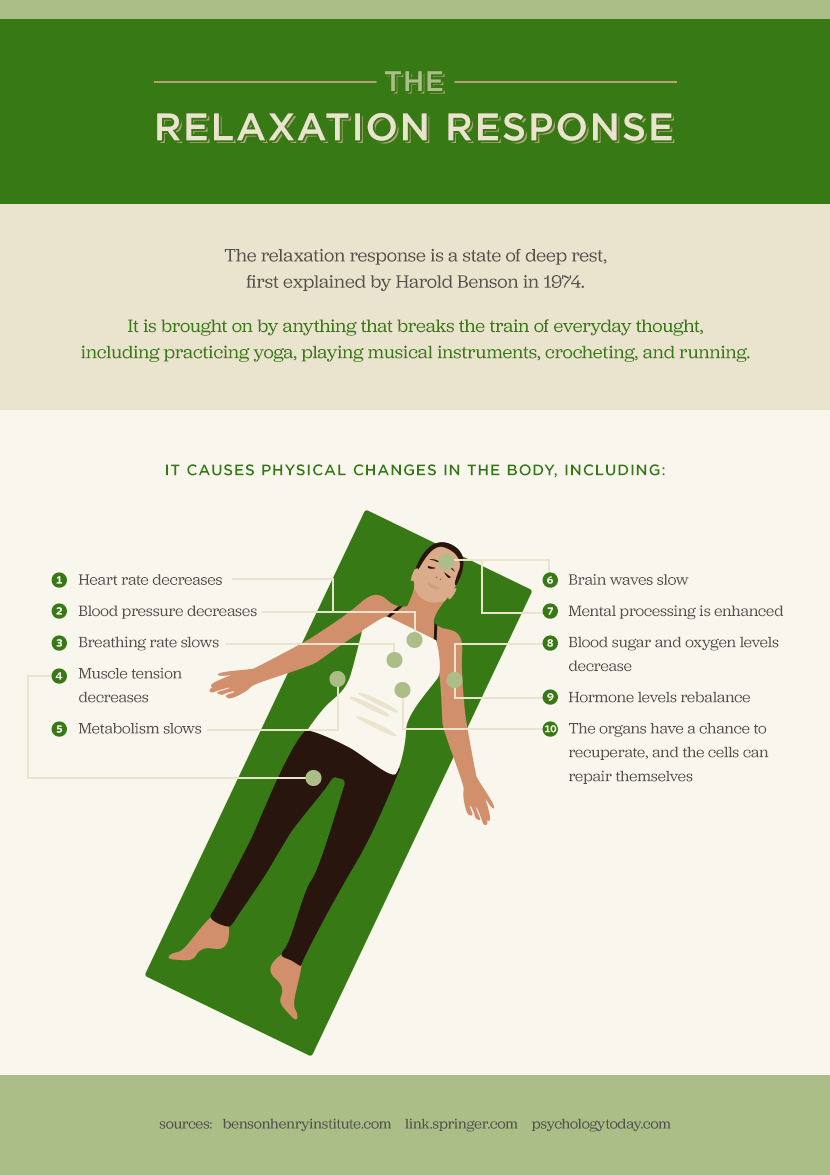The Benefits of Slowing Down Your Workout
By Abby Quillen
When you think about exercise, does it always mean pounding the pavement, sprinting around a racquetball court, cycling at extreme speeds, or doing some other intense workout? If so, it may be time to slow down your exercise routine – at least some of the time.
Slow exercise practices such as qigong, yoga, and tai chi have been touted for thousands of years. Modern studies show they can have incredible benefits, including stronger muscles, improved cardiovascular health, better immune function, and more.
Read on to learn why and how a slow exercise practice may benefit you, especially if you tend to hurry through other things. Then learn about some traditional and modern slow exercise techniques, plus tips to maximize the benefits of slow movement.
Hurrying Toward Stress
Psychologist and addiction specialist Stephanie Brown, author of Speed, says Americans are “addicted to fast and faster.”1 It’s true: Many Americans are fans of fast food, fast cars, and ever faster Wi-Fi connections.
Brown is convinced our frenzied pace of life harms us, and she’s not the only one. In the 1950s, cardiologists Meyer Friedman and Ray Rosenman coined the term “hurry sickness” to describe a malaise they saw in patients who felt chronically short of time, performed most tasks quickly, and got easily flustered when they encountered delay. They warned that when we perpetually hurry by multitasking, eating on the run, incessantly checking the time, and trying to get everywhere as quickly as possible, we continually activate the body’s stress response – a cascade of physiological changes meant to prepare us for “fight or flight.”2
Exercising for Stress Relief
Many people (especially those most prone to hurrying) may turn to vigorous exercise to help reduce stress. As most people know, physical activity in the right doses can improve relaxation and relieve stress. Plus, it triggers the release of endorphins, which makes you feel great.3
However, high-intensity and endurance exercises also activate the body’s stress response and trigger the release of thyroid hormones, cytokines (inflammatory proteins), adrenaline, and cortisol. Since most Americans already experience a lot of stress as part of daily life, it’s important to let the body recover from vigorous exercise.4 The American Council of Exercise recommends exercisers only do light activity for 24 to 96 hours after an intense workout.5
Athletes who perpetually neglect recovery can develop a number of conditions, including overtraining syndrome, which is characterized by insomnia, muscle pain, irritability, and fatigue.6 In severe cases, pushing the body too hard without adequate rest can lead to adrenal insufficiency, an inability of the adrenal glands to produce a normal quantity of hormones, which reduces a person’s ability to cope with stress.7
Who’s at risk of overtraining? By some estimates, 60 percent of competitive runners and many recreational exercisers and youth sports participants may be.8910 If you log relatively low miles, you aren’t necessarily exempt; it can have less to do with how much you exercise and more to do with how you treat your body when you’re not exercising.11
The bottom line is, nearly every person – exerciser or not – can benefit from adopting lifestyle habits and practices that help the body recover from stress. 12 That means getting adequate sleep and nutrition and prioritizing activities that help the body repair itself.13 Traditional wisdom and a growing body of modern research suggest a number of slow movement practices can help reverse the body’s stress response and aid recovery. Perhaps not surprisingly, the antidote to hurry sickness may be to embrace the power of slow.
The Benefits of Slow Exercise
Across China, people gather in city parks at dawn every morning, rain or shine, to do qigong and t’ai chi ch’uan (informally known as tai chi). These exercise routines are thousands of years old and to most Westerners they look like they are done in super slow motion.
Because the traditional Chinese approach to health and exercise differs so greatly from modern, Western ideas, it’s difficult to translate their traditional practices. At the risk of oversimplifying, the slow, fluid movements of qigong and tai chi are designed to build up the body’s energy system and improve the health of the mind, body, and spirit.
In India, Hindus developed their own slow exercise techniques as a path to spiritual enlightenment. We know them as yoga. Like with qigong and tai chi, health researchers frequently study the therapeutic effects of yoga, and the results in some cases have been impressive.14 For instance, randomized, controlled studies suggest yoga can improve cardiovascular health as well as conventional aerobic exercise.15
Why are slow exercise routines beneficial? It probably has something to do with what psychologist Alan Fogel calls “body sense awareness.” Running quickly or speeding through a workout encourages the mind to drift, but exercising very slowly allows the practitioner to pay close attention to one’s movements and breath. In this way, the practices can be like moving meditations, and can activate beneficial physiological changes referred to as “the relaxation response.”16
How to Slow Down
Slowing down doesn’t always come easily, especially for people prone to hurrying. There are a few techniques you can use to get the most out of slow movement practices, which may also be used to turn everyday activities (such as walking or doing the dishes) into stress-relieving practices.
- 1. Turn off any distractions, such as phones and TVs.
- 2. Before practicing, take a few minutes to rest and breathe into the belly.
- 3. As you practice, focus your mind on how your body feels and how your breath complements your movements.
- 4. When your mind inevitably wanders, slow down and bring your attention to the sensation in your limbs.
Conclusion
Many Americans have embraced the slow food movement, with its celebration of eating slow-cooked meals with awareness. Now it may be time for a slow exercise movement. Vigorous exercise can be a fun part of a healthy lifestyle. And the majority of people can also benefit from adopting a slow and mindful movement practice.
Source: Fix.com Blog
 Pride News Canada's Leader In African Canadian & Caribbean News, Views & Lifestyle
Pride News Canada's Leader In African Canadian & Caribbean News, Views & Lifestyle

